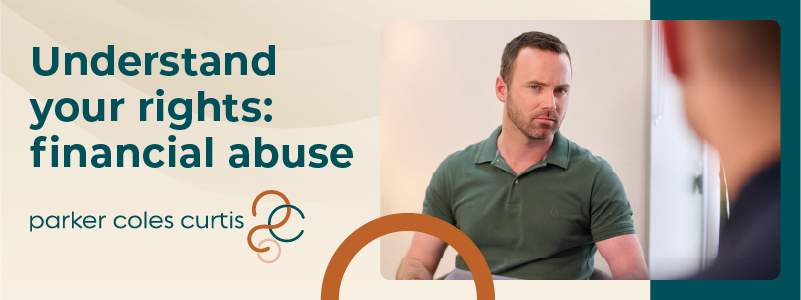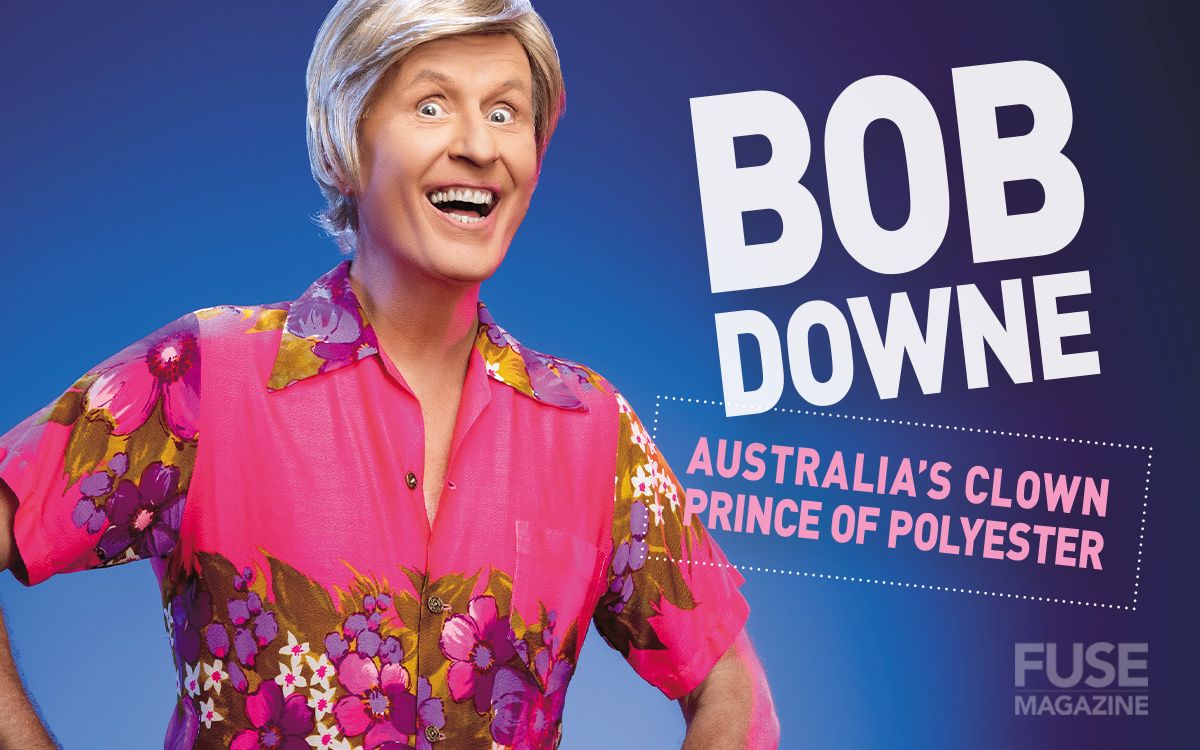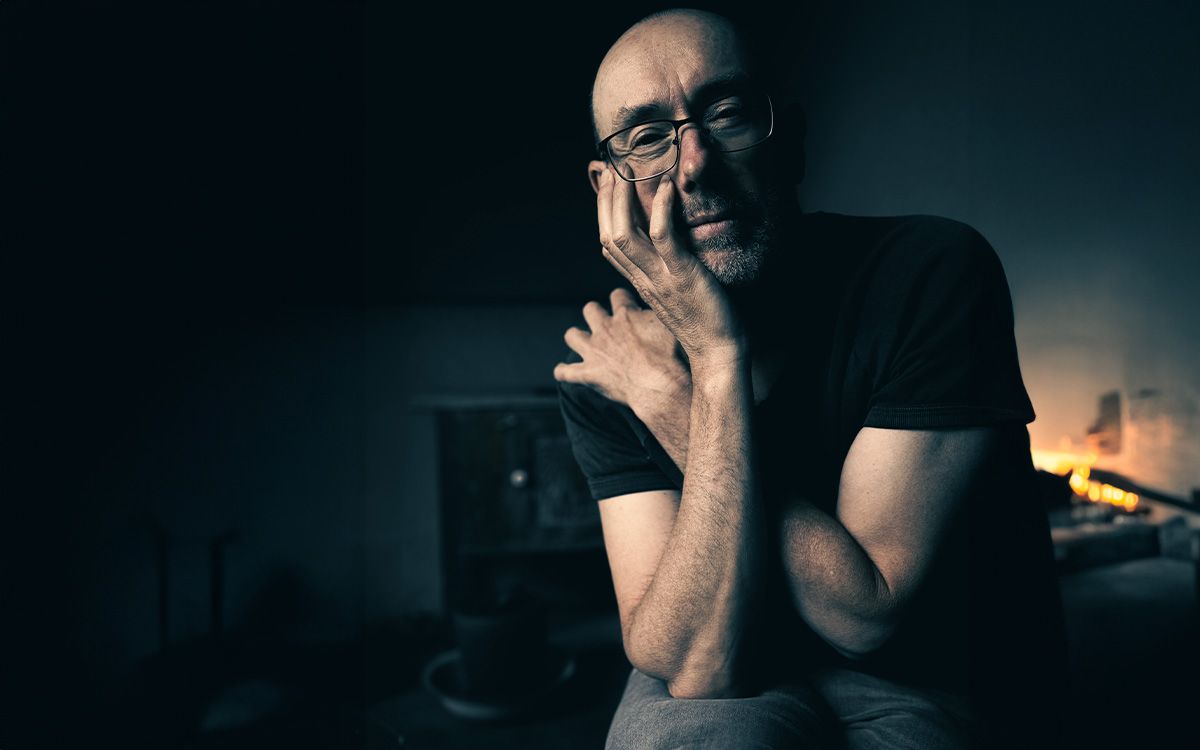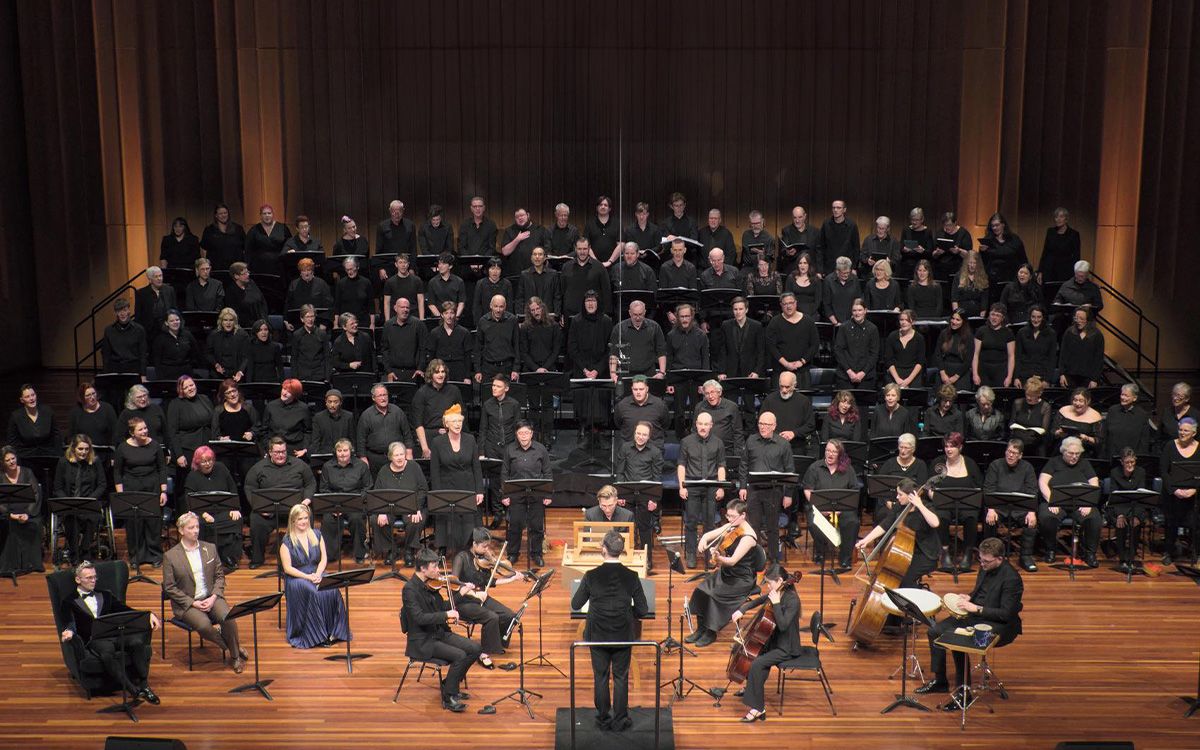Defying Gravity with Thomas Worrell

Defying Gravity: Thomas Worrell and the Magic of ‘Cirque Bon Bon’. Ahead of ‘Cirque Bon Bon’s much-anticipated season at the Canberra Theatre in August, David Blanco from FUSE had the pleasure of chatting with Thomas about his life as a performer and the evolving landscape for LGBTQIA+ artists in the circus scene.
Following its sold out Brisbane festival season, ‘Cirque Bon Bon’ is set to ignite the Canberra Theatre this August. An all-star cast of contortionists, acrobats, and dancers will present an extravaganza of light, acrobatics, dance, and comedy in an all-ages show that promises to have the audience on their feet.
Join us as we delve into Thomas’ performance journey, his insights on the circus world, and what audiences can expect from this breathtaking show.
David Blanco (FUSE): ‘Cirque Bon Bon’ promises to be a captivating theatrical experience? What can the audience anticipate when they come to see the show?
Thomas Worrell: I think ‘Cirque Bon Bon’ is like Australia’s own ‘Cirque du Soleil’. It brings the same high-energy, amazing performances and circus skills, with all the theatrics and production you’d expect from a modern circus. It’s a great show for the whole family, with lots of drama and theatrics in every act.
Has ‘Cirque Bon Bon’ changed or developed since it first began?
Oh, definitely. I did my first show with them about two years ago, and since then, they’ve created two new productions. It’s awesome to see how they’ve grown from one show into a company with multiple productions. I hope they keep growing.
Can you tell us how you started your journey as an aerialist and what motivated you to pursue this challenging and unique art form?
I think having a couple of screws loose probably led me into circus performance! In the world of entertainment and the arts, you don't pursue it because it's the logical choice or because it'll finance your dreams. You do it out of passion and love.
Even now, I can't quite grasp what I was thinking back then. I was studying for a Bachelor of Science at university, but I realized my heart wasn't in it. At the same time, I was falling in love with circus just by watching it. I discovered there was a circus university and decided to give it a try with the limited skills I had picked up through dance and self-teaching.
I auditioned for NICA, the National Institute of Circus Arts, and, miraculously, got in. They must have seen some potential in me. I had only taken one dance class a week in high school, nothing professional, but I got into NICA and went from zero to 100. I had never done circus before, but I started doing it full-time overnight and haven't looked back since.
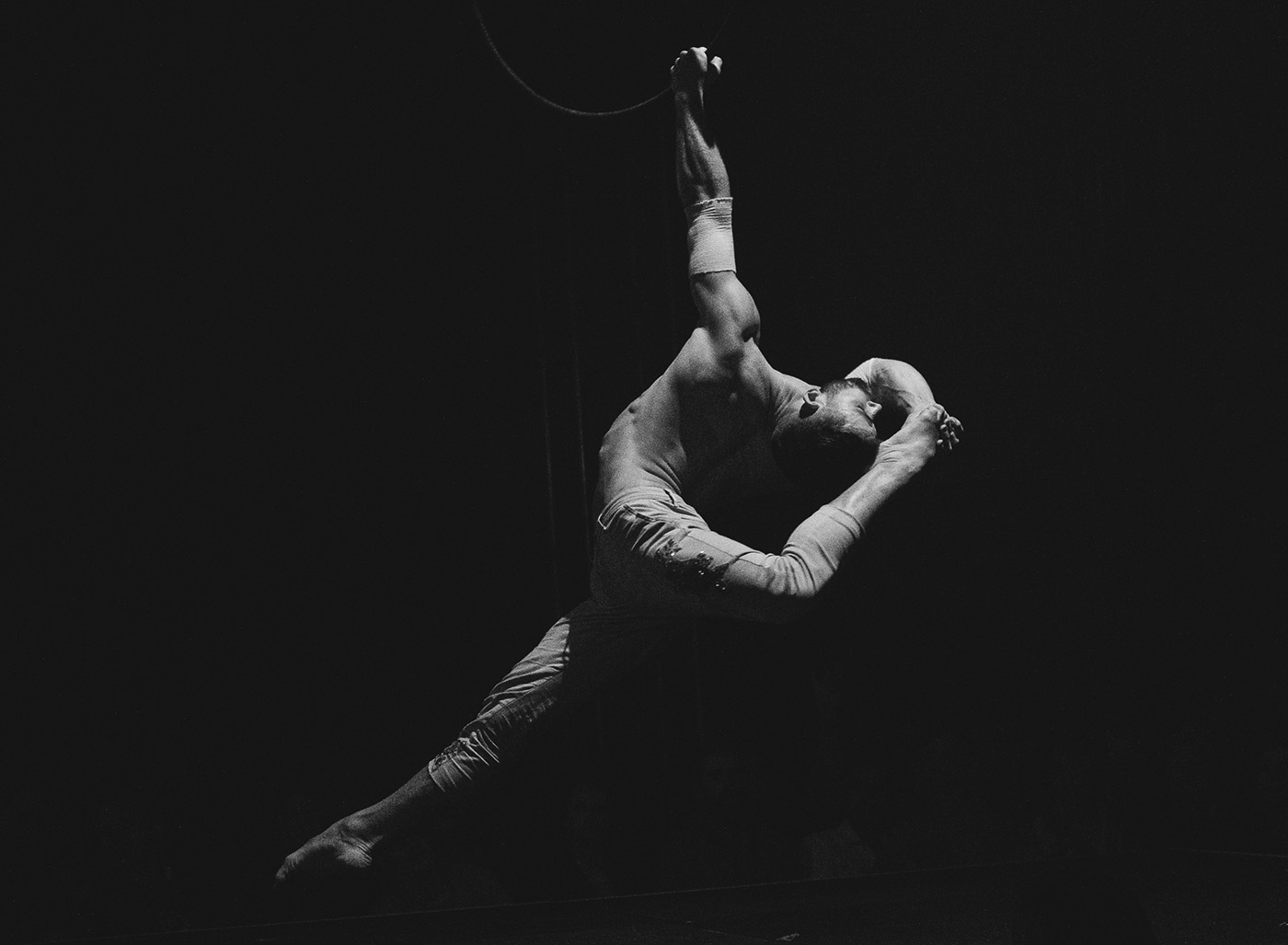
As a queer performer, how do you weave elements of your identity into your acts? What effect do you hope this has on both queer and non-queer audiences?
Being a queer person means that everything I do has an inherent queerness to it. On stage, especially when working with queer-identifying companies like Briefs Factory, where I've been for 10 years, that identity is very much at the forefront. However, in other shows that are more family oriented, I don't make it overt. I aim to be myself and represent who I am as both a person and an artist.
I don't censor myself out of fear that straight families might not like it. Instead, I focus on being unapologetically myself. I don't need to shout, 'Hey, I'm queer!' from the rooftops. It's all about being genuine, and if the audience sees that as queer or not, that's up to them. My hope is that any queer person in the audience sees me and realizes they can just be themselves and express themselves however they want.
What unique elements do you bring to ‘Cirque Bon Bon’, and how do you prepare for performing?
TW: In a circus show like ‘Cirque Bon Bon’, every act is completely different because everyone comes from unique backgrounds. This diversity makes each act in the show distinct. What I bring to the show is my uniqueness. I work on the aerial hoop, which is predominantly performed by women in the industry.
Being a male aerial hoop artist is already unique and speaks to the queer aspect of breaking traditional gender roles. Typically, in circus, women are the aerialists and men are the strongmen, so I'm unique even before stepping on stage. In terms of preparation, I follow a strict training regimen, which includes regular gym workouts and circus-specific training. I continuously train my skills, run my routine, and adjust it if needed, make sure my performances run smoothly.
How have you seen the circus and aerial arts scene change over the years, especially when it comes to inclusivity and representation for LGBTQIA+ performers?
When I started my career after school, the LGBTQIA+ community was present in circus, but it wasn’t really celebrated. In school, everyone tried to create acts that fit a certain mold to get jobs. Many companies, whether you were straight or gay, wanted you to fit a specific image. There was a lot of ‘boys are boys and girls are girls’ thinking.
Early in my career, I joined a show where they labelled me as ‘the gay one’ and expected me to act that way, even suggesting I do a half-drag character, which wasn’t me at all. It was tough until I joined Briefs Factory, where being gay wasn’t enough—they wanted to know who I was as an artist. This really changed my development and artistic vision.
The industry has changed a lot since then, with much more acceptance of queer artists and identities in shows. Briefs was formed because they felt they didn’t have a place in the industry, but now many companies embrace queer artists, and adult cabaret-style shows often feature drag and queer performers. There’s definitely been a big evolution and wider acceptance.
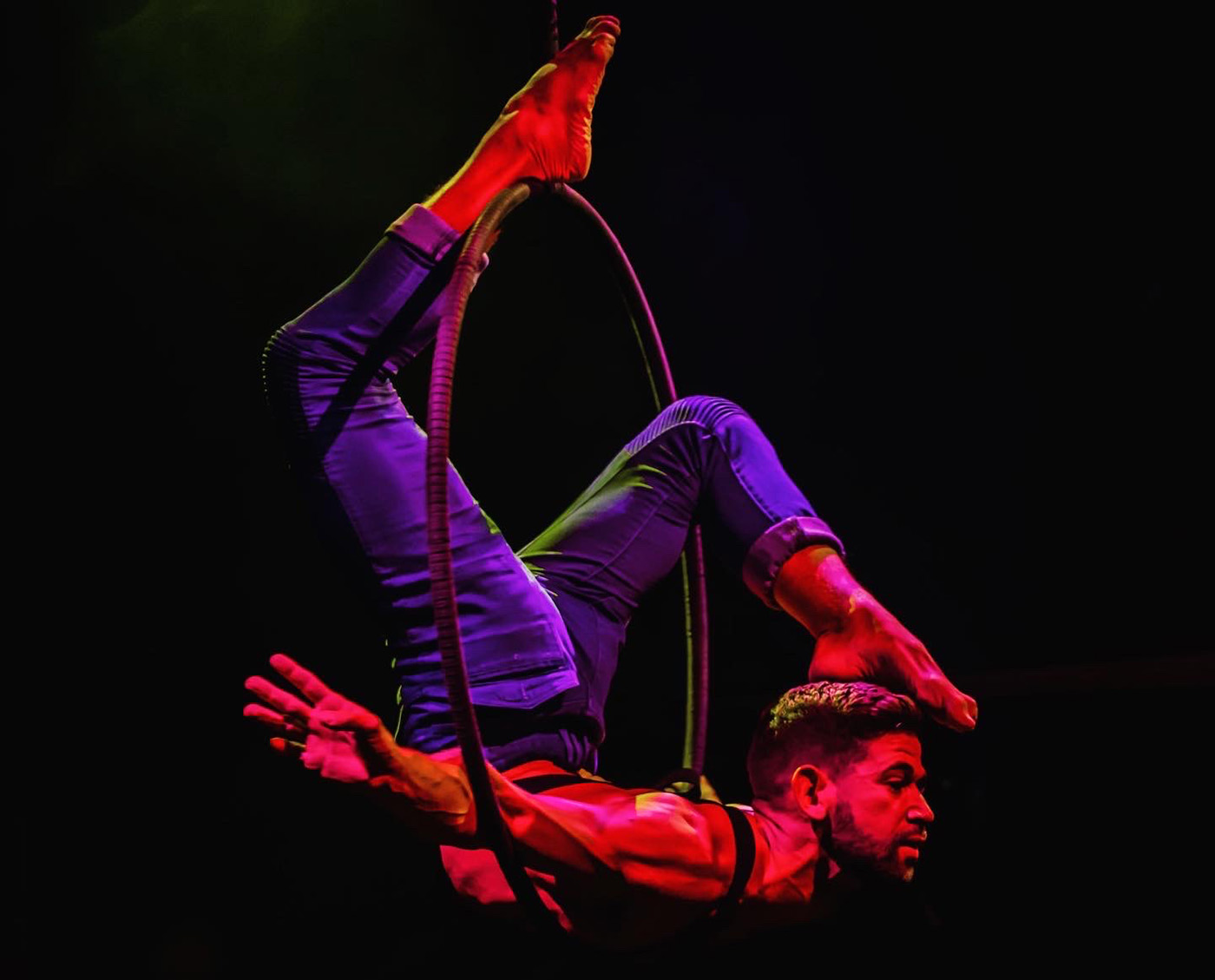
What role does queer representation play in your work as a performer, and how does it enhance the experience of ‘Cirque Bon Bon’?
For me, it's crucial to be myself in a show. I would hate being told to hide who I am, especially when I'm being creative and putting myself into a performance. While it's important to entertain the audience and cast appropriately, there should always be a conversation and negotiation. I shouldn't have to hide my identity to present my work, even in casting decisions. If a show doesn't want a queer-identifying artist, they shouldn't hire one. However, it's also about fitting within the show's parameters. For instance, if it's a children's show, consider if hiring a drag queen is appropriate—though there is a place for that too.
Artists should be able to be themselves on all platforms, as long as they respect the show's context. In an adult, sexy show, there should be representation of straight, queer, trans, and more, within the casting. I struggle when directors and casting people try to dim the light of queer artists. As long as an act is suitable for the intended audience, everyone should be celebrated and included.
Who or what has been the most significant influence on your performance style as an artist?
One big thing for me was being a guy in a field mostly dominated by women. When I started learning aerial hoop, it was often seen as the easy option for flexible girls. My first coach made it clear we needed to take it seriously to earn respect. She pushed us to do the hardest versions of everything and to carve out our own path, saying that if we respected our work, others would too.
This mindset really shaped me and set higher goals for my craft.
Also, being encouraged to be myself and bring my identity to my performances has been crucial. As a performing artist, there’s often pressure to impress directors, casting agents, and audiences. But being told to be myself and show what I genuinely want to has had a huge impact on my performances and how they’re received. This authenticity is what defines where I am now.

What do you hope audiences gain from your performances, especially in terms of understanding and valuing queer artistry?
I want people to be amazed. I aim to impress, surprise, and inspire them, leaving them thinking, 'Wow, I can't believe a person can do that.' That's the dream. When people come up to me after the show, saying they can't believe I walked in a straight line after spinning so fast, those moments make me feel like I've accomplished my goal.
Looking ahead, what are your aspirations for the future, both within ‘Cirque Bon Bon’ and beyond? Can you share any upcoming projects or performances you have planned?
As one of the older artists in the show, it's important for me to keep going and continue loving what I do. For me, it's about nurturing my craft and my identity as an artist and maintaining the ability to persevere. I'm always grateful to do this full-time as a career. After ‘Cirque Bon Bon,’ I have contracts coming up with another company called ‘Tone and Cheek,’ and I'll continue working with Briefs Factory.
★★★★★ “The world’s best performers come to to life” – Theatre Haus
“Cirque Du Soleil show for the whole Family” – Blue Curtains
“The best cirque show I’ve ever seen” – Nothing ever happens in Brisbane
“A scrumptious treat for both eye and ears” – Theatre Haus
CIRQUE BON BON TOUR DATES
Canberra Theatre
Thusday 22 - Saturday 24 August 2024
Inpex Sunset Stage, Darwin Festival
Wednesday 14 – Saturday 17 August
South Bank Piazza, Brisbane Festival
Wednesday 18 – Friday 20 September


